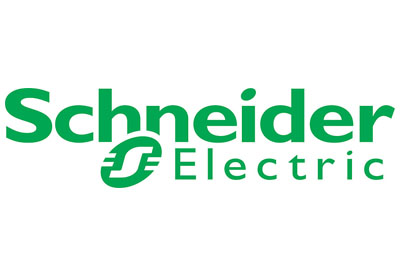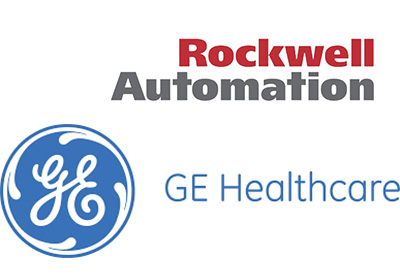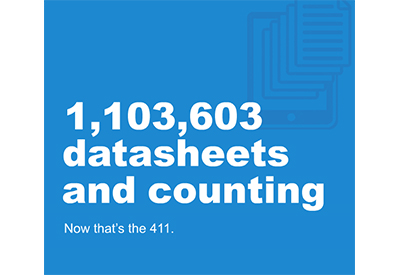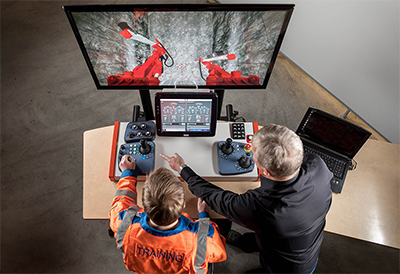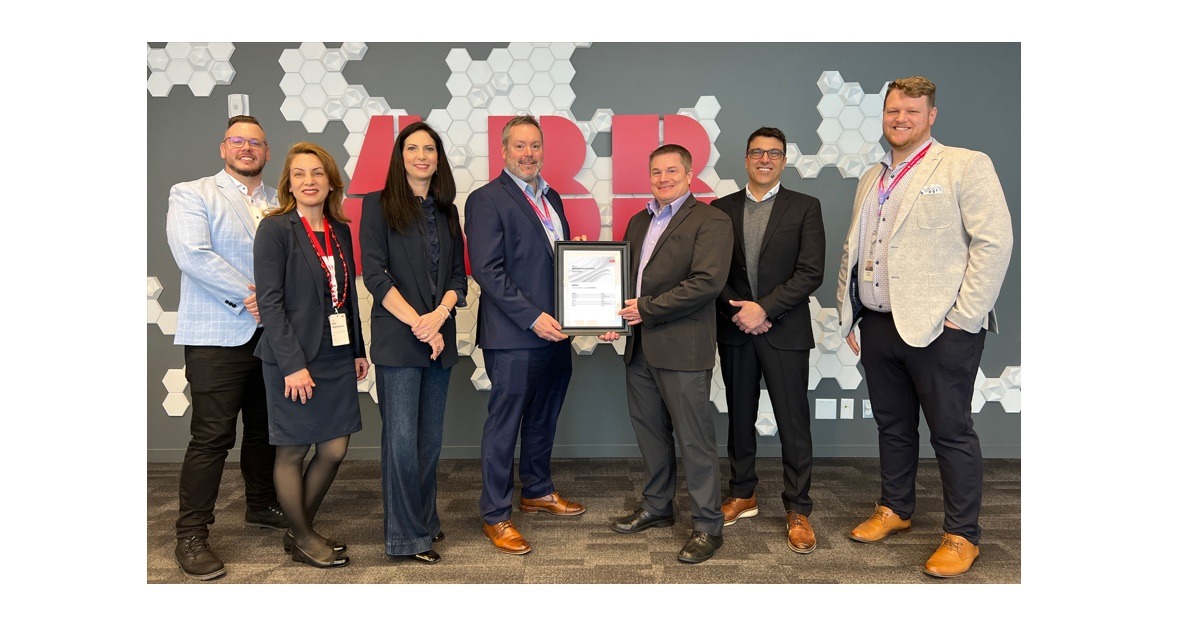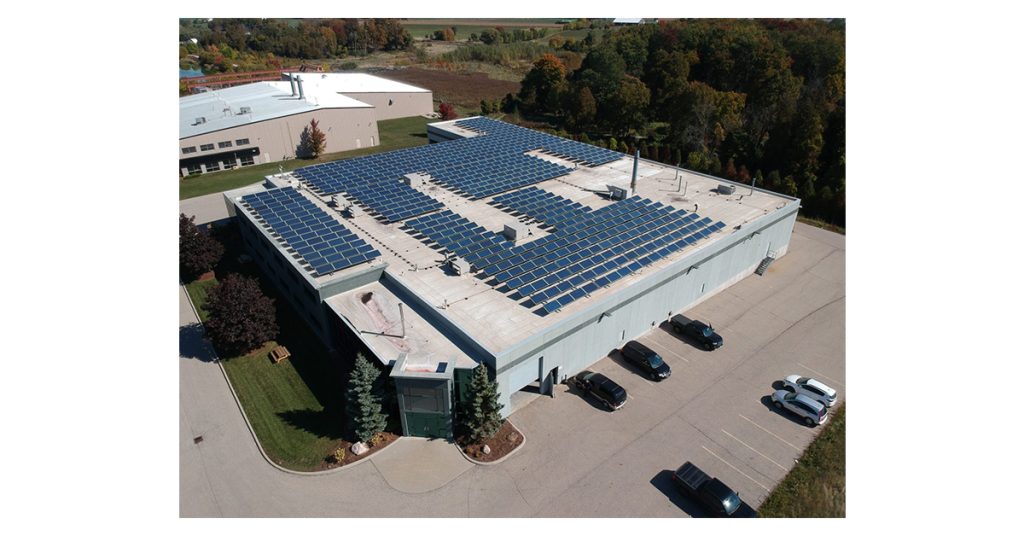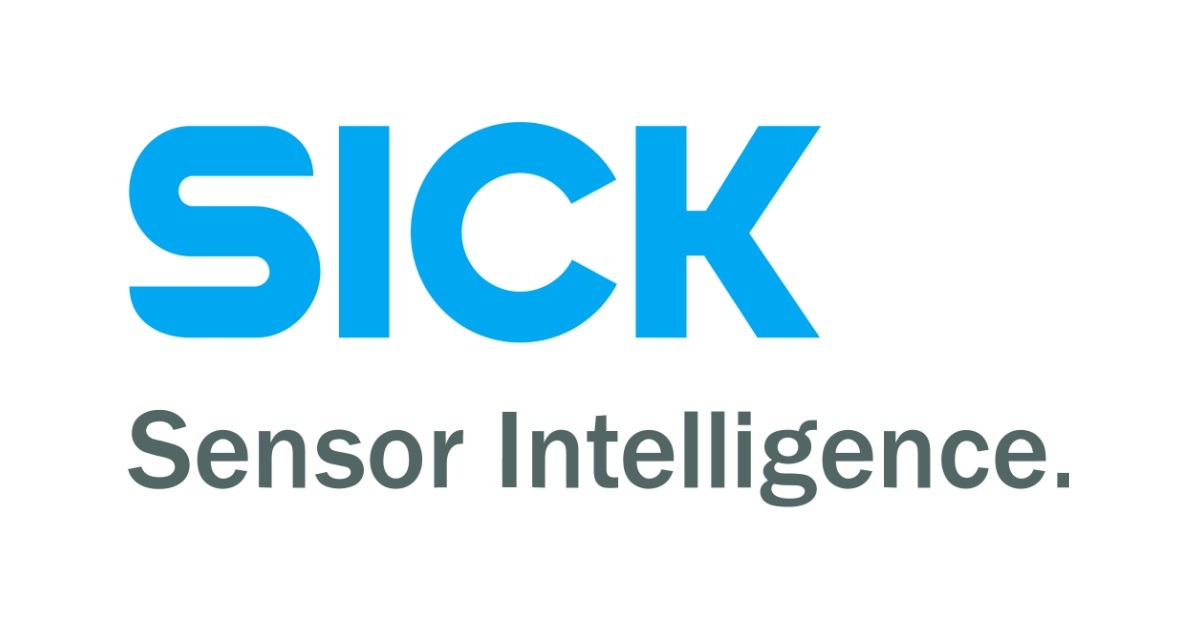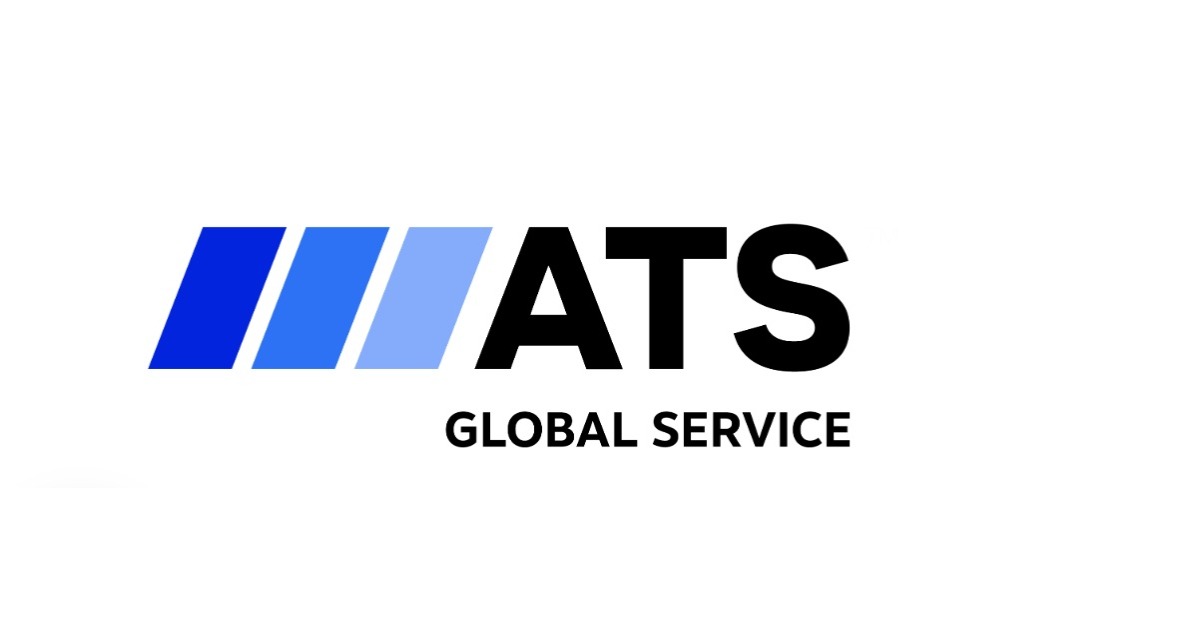Schneider Electric Canada Announces JMP Solutions as a Certified Alliance Partner
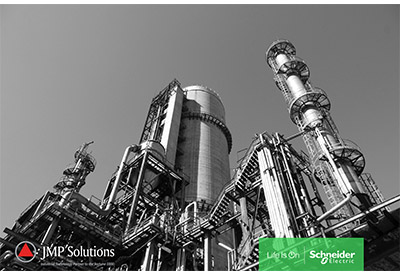
March 22, 2022
Schneider Electric is pleased to announce it has recently recognized JMP Solutions as a Certified System Integrator Alliance partner. The partnership enables JMP Solutions to bring Schneider Electric solutions, training, and expertise to local clients in Calgary and throughout North America.
“We are excited to welcome JMP Solutions to our community of partners,” says Sharmila Mahasivam, Business Development Manager for Alliance Program at Schneider Electric. “Automation systems today offer huge opportunities for improving efficiencies and competitiveness. This partnership enables JMP Solutions to seize these opportunities and continue delivering its best-in class services to clients.”
JMP Solutions is an international system integration company with 17 locations throughout Canada and the United States, providing engineering services and turnkey solutions for customers across North America. As a certified partner, JMP Solutions gets exclusive access to a wide arrangement of developmental software and tools from the Schneider Electric suite.
“We’re thrilled to join Schneider Electric’s community of partners and extend our capabilities to support our customers across Canada and in the Calgary region,” says Darren Hemsing, Automation Manager at JMP Solutions. “Access to the Alliance Program gives us the ability to train and certify our engineers to become experts with Schneider tools and technologies. This expertise gives our team a competitive edge which sets our people apart from others and grants us credibility to our claims that we are the leading Schneider Electric experts in our industry.”
The Alliance Program is a worldwide network of independent system integrators offering their local know-how with the best technological solutions from Schneider Electric. Partner benefits include access to the Certified Expert training and test program, access to the software portfolio, and invitations to industry conferences.
To learn more about how to become a certified Schneider Electric Alliance Partner, visit Schneider Electric Canada’s website.

